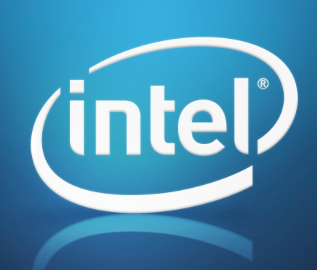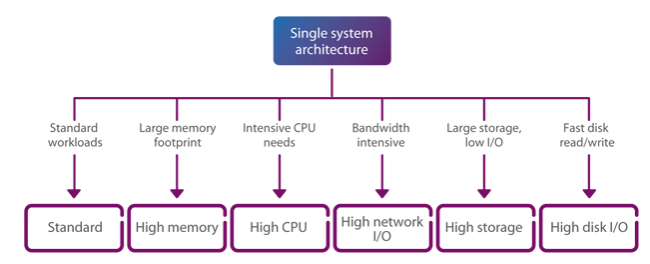Intel’s Rack-Scale Plan Gaining Traction

An Intel Corp. technologist speaking at a recent cloud industry event used the opportunity to mention a relatively recent approach to designing datacenter hardware: Intel's rack-scale architecture. The chipmaker is positioning the "disaggregated" approach to datacenter design as a way for enterprises to develop hyper-scale infrastructure.
Steve Orrin, Intel Federal's chief technologist, pitched the company's rack-scale design as a means of "scaling to meet next-generation [datacenter] architectures." However, industry observers wonder if Intel's approach is a template for other use cases besides datacenters.
Intel presents the architecture as "disaggregation" of compute, memory and storage. The framework also relies on silicon photonics as a high-speed rack-scale fabric. Lastly, the software-defined approach combines disaggregated hardware over the fabric to create "pooled" resources.
Intel is gaining some traction with its rack-scale approach, announcing a deal this week with Swedish telecom equipment maker Ericsson designed to help network operators scale cloud operations in their datacenters.
"We will build datacenter equipment which will actually have the same performance as many of the big cloud providers are doing for themselves," Ericsson CEO Hans Vestberg claimed during the Mobile World Congress show in Barcelona.
A white paper on next-generation datacenter architectures released in February by Intel and Ericsson notes that "the core of a disaggregated architecture is a range of compute, fabric, storage and management modules that work together to build a wide range of virtual systems." The study identified "four pillars of capability," including: multi-rank management, "pooled" resources allocated according to workload requirements, scalable multi-rack storage and, lastly, a configurable network fabric.
A presentation at last year's Intel Developers Conference described the architecture as "automated, dynamic and software defined." The platform includes resource "building blocks" along with orchestration and management from partners that include Microsoft, OpenStack adopters and VMware.
Among the metrics used to promote Intel's rack-scale architecture is a 1.5X increase in server density based on Intel Atom and Xeon CPUs and memory modules.
Intel's approach would break up, or disaggregate, current storage, compute and networking components into "composable resource pools" that would make up a "pooled" system architecture. The approach would evolve to a future "service aware orchestration" architecture based on shared memory.
 One outcome of Intel's approach would be "usage specific" pod storage pools, an advance the chipmaker argues would bring innovation to the datacenter pod level. The storage pool also would include configurable "storage bricks," described as modular storage hardware.
One outcome of Intel's approach would be "usage specific" pod storage pools, an advance the chipmaker argues would bring innovation to the datacenter pod level. The storage pool also would include configurable "storage bricks," described as modular storage hardware.
Along with pod-wide storage and shared memory, Intel said one iteration of its rack-scale approach would support a range of server processors, all presumably x86-based. It also would support an Ethernet fabric based on the Intel architecture. Another type billed as a "high I/O" platform would support local and shared memory along with direct attach storage and pooled network virtual memory (NVM), Intel said during its developers conference last summer.
Pooled NVM is intended to enable disaggregation of related devices in the cloud while allocating high-end storage to various nodes in the architecture based on workload demand. That, Intel explains, enables workload migration in hyper-scale clouds.
Meanwhile, NVM pooling also supports software-defined storage via on-demand tiered storage.
Moreover, Intel argues that memory pooling would help improve datacenter efficiency and, with it, cloud innovations like the migration of virtual machines.
Initially skeptical of the rack-scale approach, IT blogger Scott Lowe said it was hard to see how datacenter operators could benefit from Intel's proposed architecture. "Why should they buy this architecture instead of just buying servers?" he asked in a blog post.
In later discussions with Intel engineers, Lowe said he concluded that Intel's rack-level architecture is "really about three related but not interdependent initiatives" he identified as: disaggregating server hardware, establishing APIs at the hardware level and "enabling greater software intelligence and flexibility" in the datacenter.
Lowe suggested the key would likely be hardware-level APIs. "If Intel is successful in building a standard hardware-level API that is consistent across OEM platforms, then the software running on that hardware (which could be traditional operating systems, hypervisors, or container hosts) can leverage greater visibility into what’s happening in the hardware."
In other words, a software-designed architecture "that can be can be leveraged [or] assembled in a variety of ways" Lowe concluded. "Building rack-scale architectures using these technologies is just one use case."










